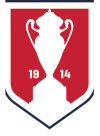Paving the Way: Desmond Armstrong on Race and His Unlikely Path to the U.S. Men’s National Team
The first U.S.-born Black player to represent the United States at the FIFA World Cup, Armstrong helped pave the way for future generations to come.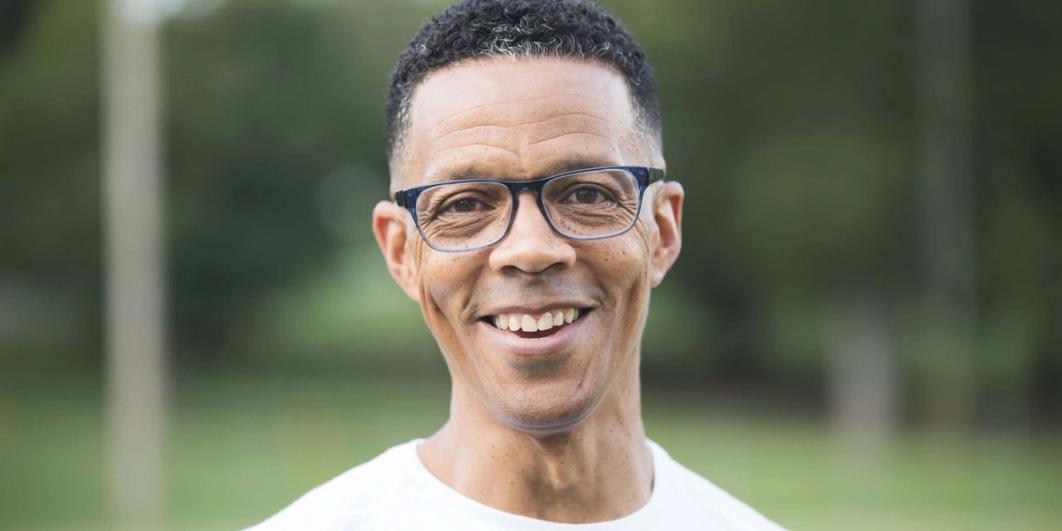
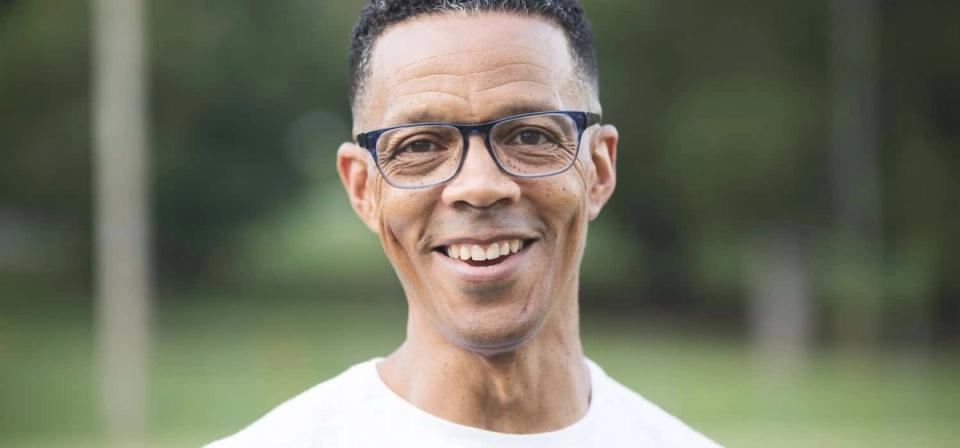


Like many of his U.S. former national team teammates, Desmond Armstrong is a voice of wisdom and experience.
After all, the 2012 National Soccer Hall of Fame inductee has seen and lived much during his decades in soccer as a player, coach and administrator.
He was an indoors and outdoors standout. He represented the U.S. at the 1988 Summer Olympics in Seoul. He and good friend Jimmy Banks were the first Black players born in the United States to perform for the USA at a FIFA World Cup (Italia '90). He became the first American to sign with the famed Santos club in Brazil. He went on to coach college and youth soccer and is co-founder and director of Heroes Football Association in Nashville, Tenn.
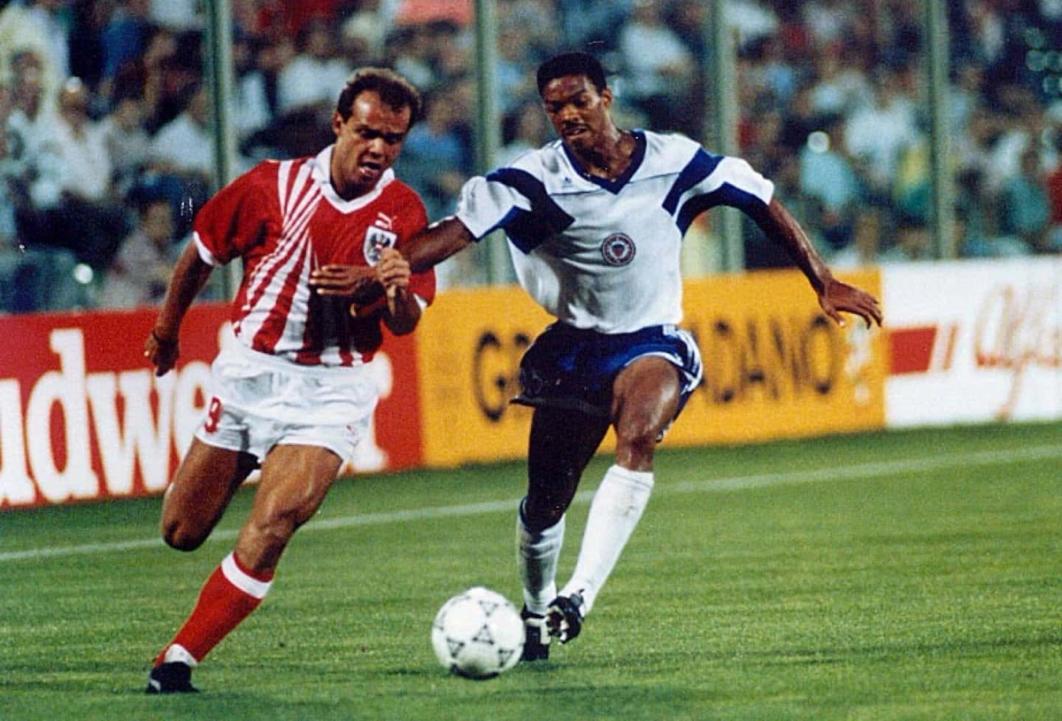

As a Black man, the 55-year-old former defender can put things into perspective, on the field and off it, during these racially charged times.
"Something I tell my kids. This is the quote: 'If you don't tell your story, other people will tell stories about you,' " he said in a recent interview. "So, it's important for us to make sure we educate people on what has come before them."
Armstrong has seen and experienced enough to tell Black children - his own (seven) and others - to understand the unwritten rules of the road.
"I have three sons," he said. "I'm constantly telling them to be aware of their surroundings. Also, make sure they have everything that they need in terms of documentation. When you get pulled over, make sure you have both your hands on the steering wheel."
Armstrong said that he has been stopped many times, including only a block away from his Nashville home. It was getting dark after a training session at Belmont University, and he realized he did not have his lights on when he turned onto a main road. He turned them on. A policeman noticed, did a U-turn and caught up with Armstrong.
Not only was Armstrong issued a ticket, the policeman took his thumb print and picture.
"I'm getting thumb printed for a moving violation,” he said. “I have to go into court and debate this. What is the deal? My son was with me. He was in the passenger side. You fear for yourself that if something goes down wrong, if I say a wrong word or say it the wrong way, is this dude [policeman] going to go off on me right in front of my kid?"
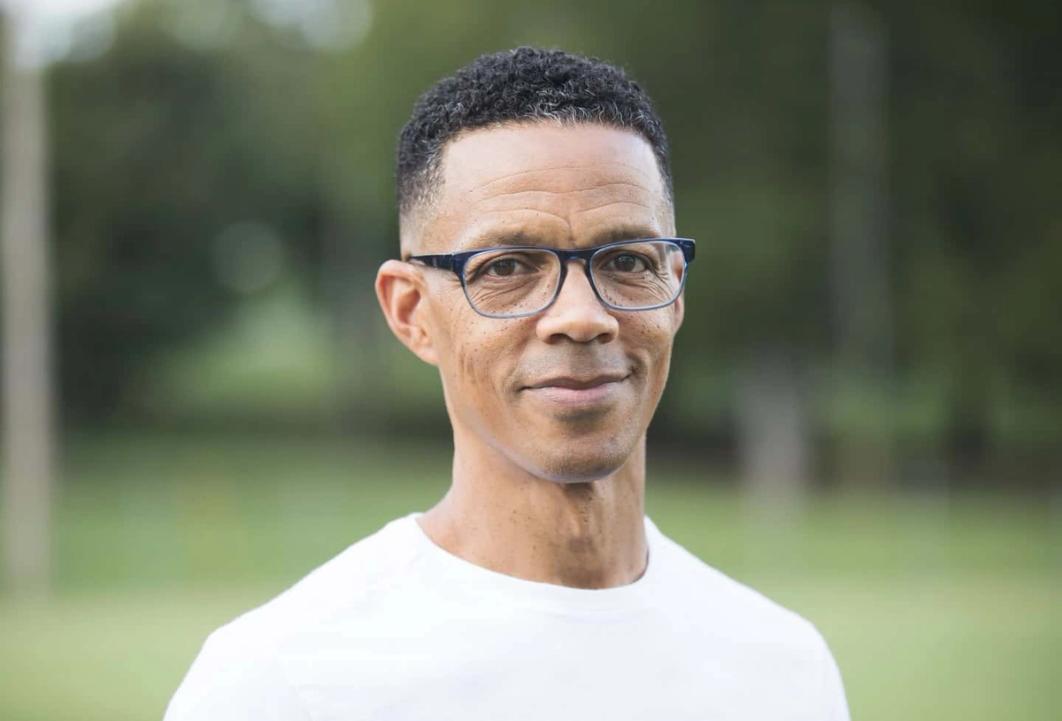

It has seemed 2020 has been defined by racial incidents, headlined by the murder of George Floyd in May. That spurred protests.
Armstrong gave his children his blessing to protest Floyd’s death – with some sage advice.
“You're young, you're moved by this, but understand who you're following, who you're joining with the leadership, whatever movements and protests, you're going to be a part of,” he said. “There are a lot of different organizations. Fully understand who those organizations are.”
Taking a stand is nothing new to Desmond Armstrong.
Born in Washington, D.C., Armstrong’s early years were spent in a predominantly all-Black area in Hyattsville, Md. His family moved to Wheaton, Md., a virtually all-white community. The Armstrongs lived next to a family in which the father once was a Ku Klux Klan member.
"They pretty much ignored us the entire time," Armstrong said. "So, there was no real trauma or drama.”

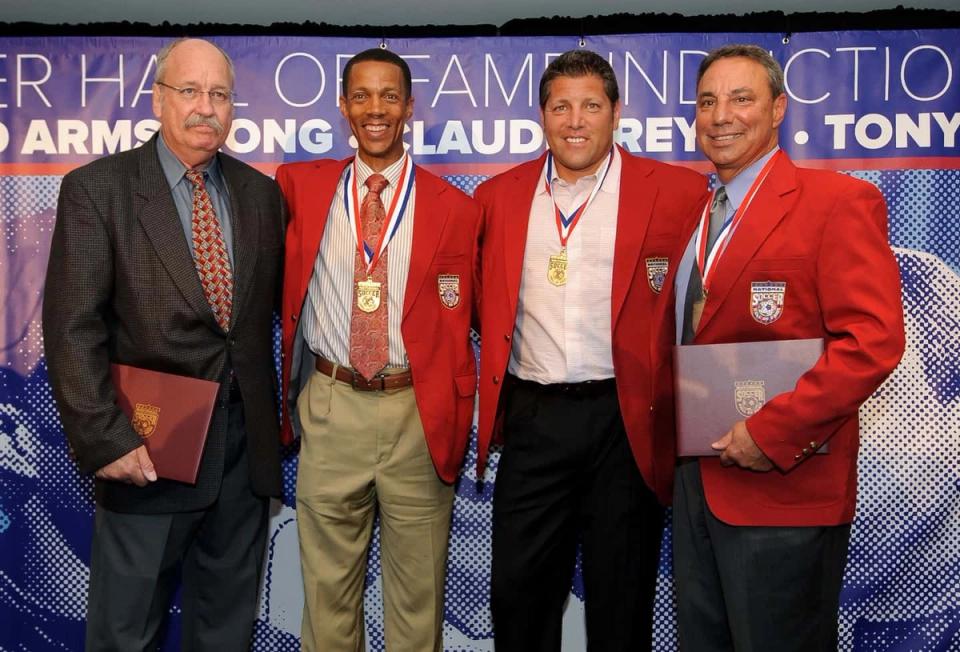
His introduction into soccer was far from the traditional sense.
Then 11, Armstrong was into basketball. The local elementary school playground in Wheaton was behind the family's backyard. One day, Armstrong looked out his window and noticed some kids playing his sport.
"The first thing out in my mind was, 'These white boys can't play basketball. Let me go out there and show them how to play,' " he said.
He challenged one kid to a best-of-three series. Armstrong lost, two games to one.
"I was pretty much demoralized. I was like ‘there's no way I should have lost the game to this white boy’," Armstrong said. "I felt really humiliated. I started crying. I was a really sensitive kid, and he and his buddy were laughing. I thought they were laughing at me for crying. I came from an all-Black community. It was a rough neighborhood. I had to learn how to fight.
"These guys were laughing at me. It rekindled what I experienced in the previous neighborhood. I went over and I just beat the kid up. He ran home crying."
Armstrong remained at the playground. The kid's father, John Bernas, showed up looking for him.

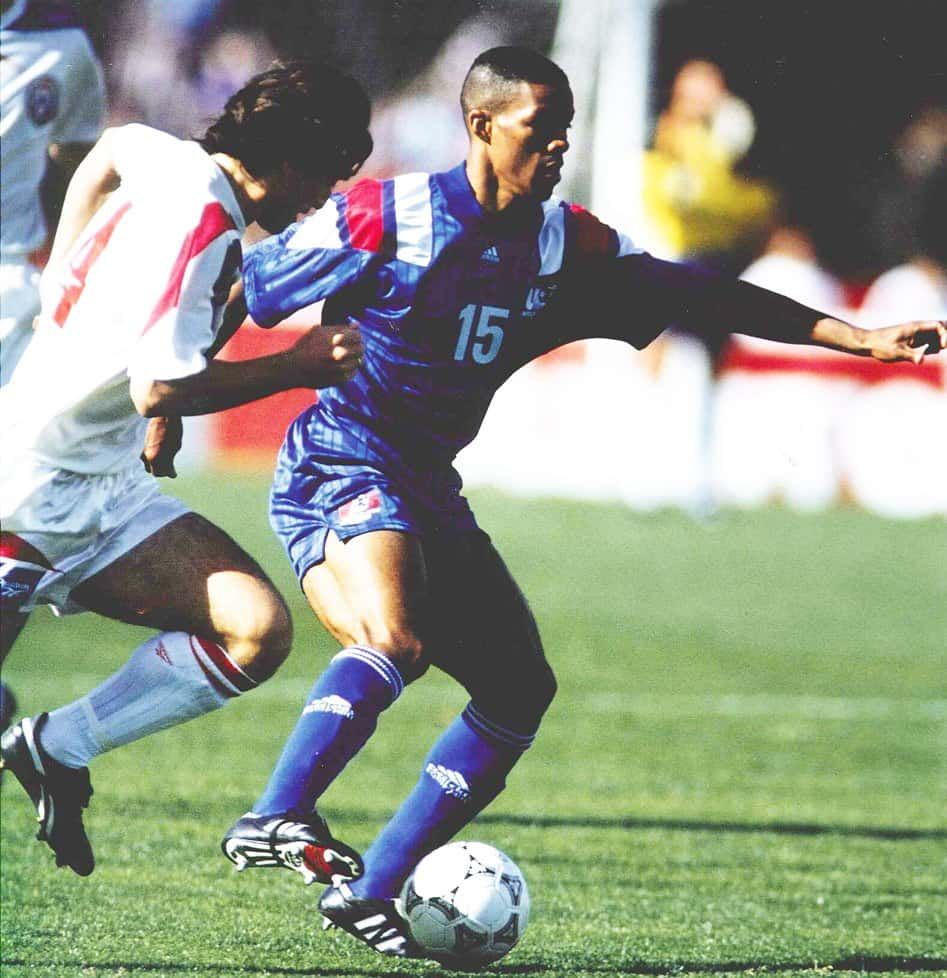
"He said, 'My son will never come home crying from the fight,'" Armstrong remembered. "So, he took us around the building of the elementary school and made us fight again. Different day and age. After the fight, we shook hands. That man was my first soccer coach. His son became sort of my best friend in that neighborhood."
As Armstrong said, different day and age.
"He [the father] says, 'Hey, I have a soccer team. I want you to come out for my team tomorrow out here on the field,'" he said. "So, I ran back home, told my folks: 'Hey, I want to go play soccer’. I didn't know what soccer was."
His parents reminded Armstrong that he had to stay committed to soccer because there were several outside activities, including several he quit after a few days.
Armstrong stayed committed, playing for the Wheaton Boys and Girls Club travel teams while becoming proficient.
“After two years of playing I started to figure out what the game was all about," he said. "I was pretty quick, pretty fast."
It wasn't until Wheaton traveled overseas for two weeks of competitive soccer in Sutton, England in 1977, that Armstrong decided he wanted to pursue a pro career.
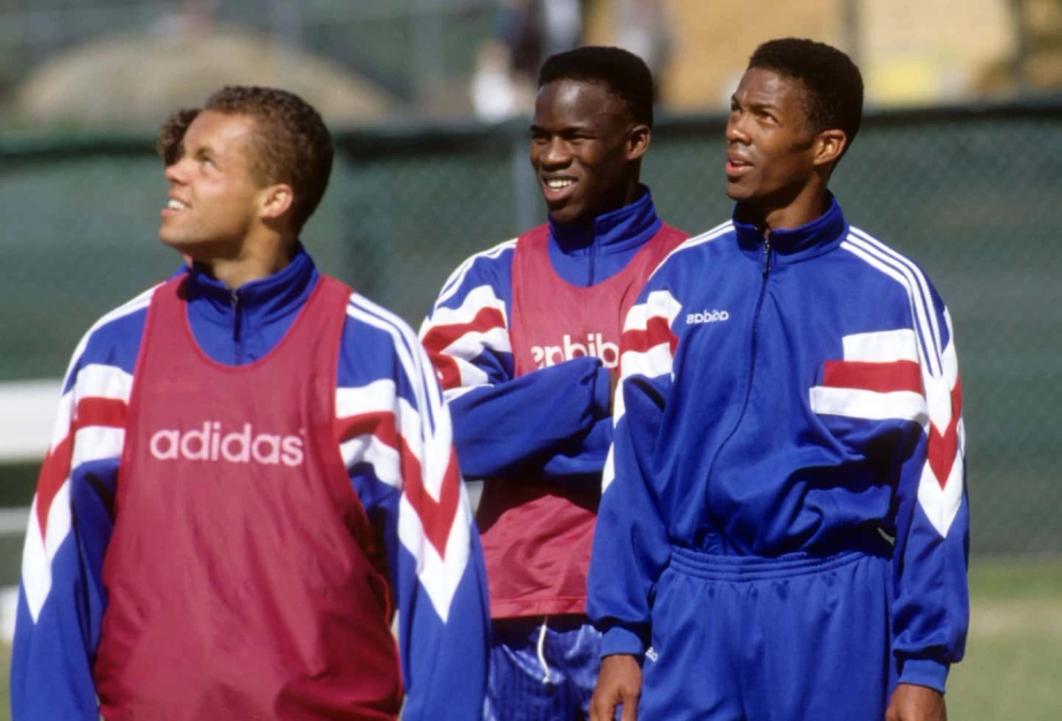
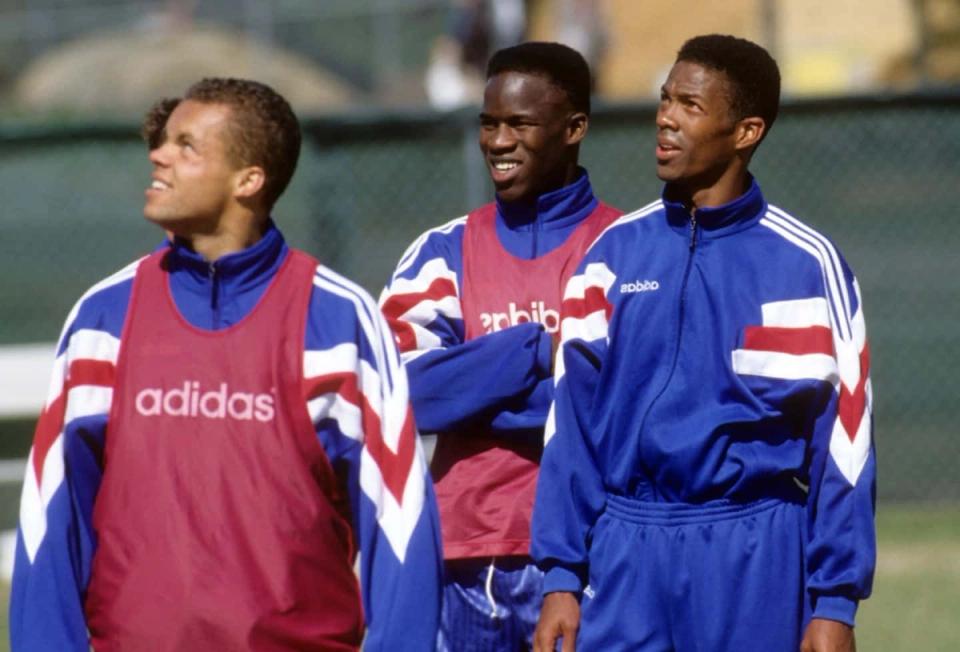
His introduction to the Sutton community was, let’s say, unique. The Wheaton players stayed with local families.
"They called the name of each player that came off the bus so that the families would know who they were hosting. Then I stepped off," Armstrong said with a laugh. "It went from excitement to it was so quiet. It was unbelievable. It was like, who gets that guy because I'm the only Black guy on the team."
He stayed with the Murphey family, who had three children - Dale, Darren and Donna.
Immersed in the English football culture for two weeks, Armstrong's passion for the game grew. That increased multifold after he was told that he would probably be an apprentice if he lived in England and "in some clubs with the possibility of being a pro."
"When I heard that, I was, ‘I want to be a pro,’ " he added. “I told my dad. He said, 'Okay, well, if you keep your grades up, when you graduate from high school, I'll send you back over.' My whole thing was now I really have to start learning this game or improving my skill as well as academically keeping my grades up."
In 1978, the Armstrong family moved to Columbia, Md., an integrated community. Desmond was ready for another level of Black-White education at Howard High School. African-Americans, however, were not given a proper welcome.
"It just so happened that two months before I got to the school, somebody threw a bomb in the boys bathroom because they didn't want Black people in the school," he said, "meaning the kids that lived in Ellicott City that came to the school didn't want the kids from Columbia that were Black to be in that same school. So, as a protest, they threw a bomb into the bathroom."

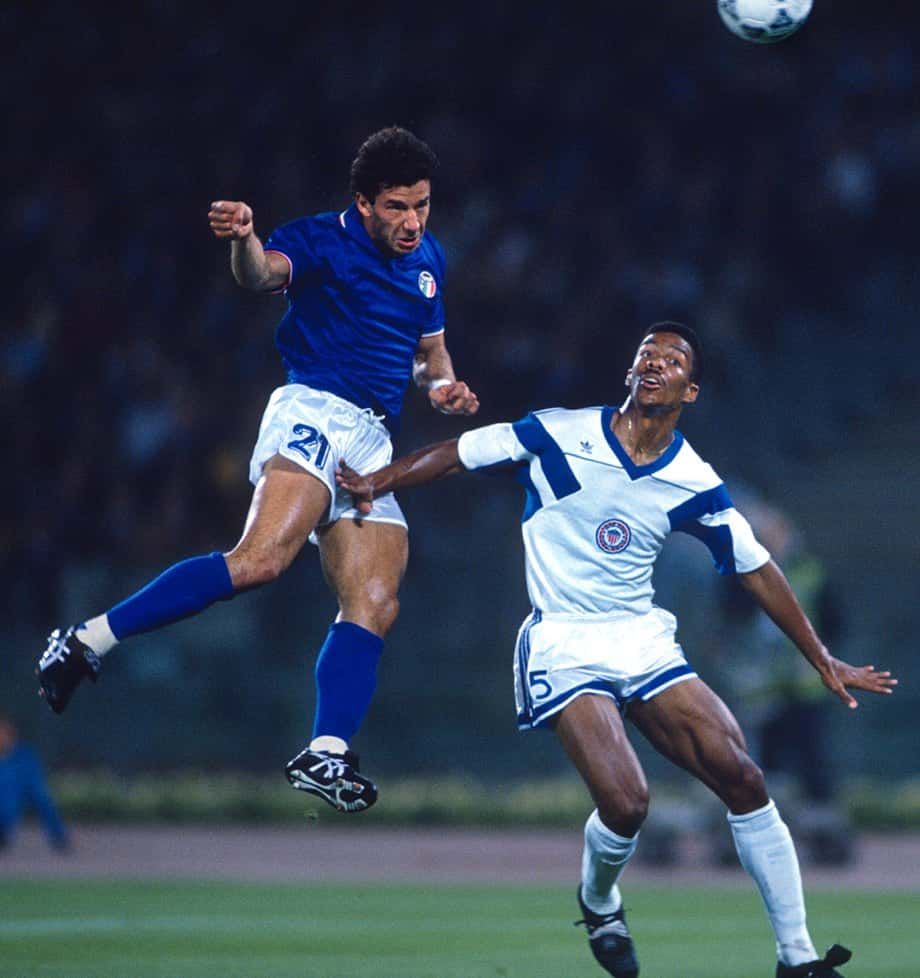
Columbia, Md. was and still is a soccer hotbed.
"For whatever reason, soccer was the No. 1 sport," Armstrong said. "It wasn't basketball. It wasn't American football. Someone had started soccer. Because of the structure of the community, we had 11 villages. Each village had their own recreation program, and out of those recreation programs migrated the best players to a travel team."
Columbia produced several pro players, including Darryl Gee, who played five seasons in the North American Soccer League for the New York Cosmos. Gee inspired many players. When he was drafted out of high school by the Minnesota Kicks, TV crews came to Columbia to interview him.
"What's your secret Daryl," Gee was asked, Armstrong said. "He says, ‘It's how you train. I train six days a week, two hours a day.’ I'll never forget that quote. If Daryl was going to be six days, I was going to do seven days a week. That was the mentality. I'm going to be a pro."
He attended the University of Maryland, twice earning All-ACC first team honors. When he graduated, the NASL already had folded. Armstrong was invited to a Major Indoor Soccer League college showcase. He impressed and was chosen third overall by the Cleveland Force in the 1986 draft.
Armstrong still pursued an outdoor career with the U.S. Men’s National Team. He earned the first of 81 caps in 1987 and competed in the 1988 Seoul Olympics before suffering a broken leg while playing for the indoor Baltimore Blast in 1989, which almost curtailed his dreams of performing in the World Cup. Armstrong, who started the first two qualifiers in 1988, returned to play in a scoreless draw with El Salvador late in the qualifying run the following year.
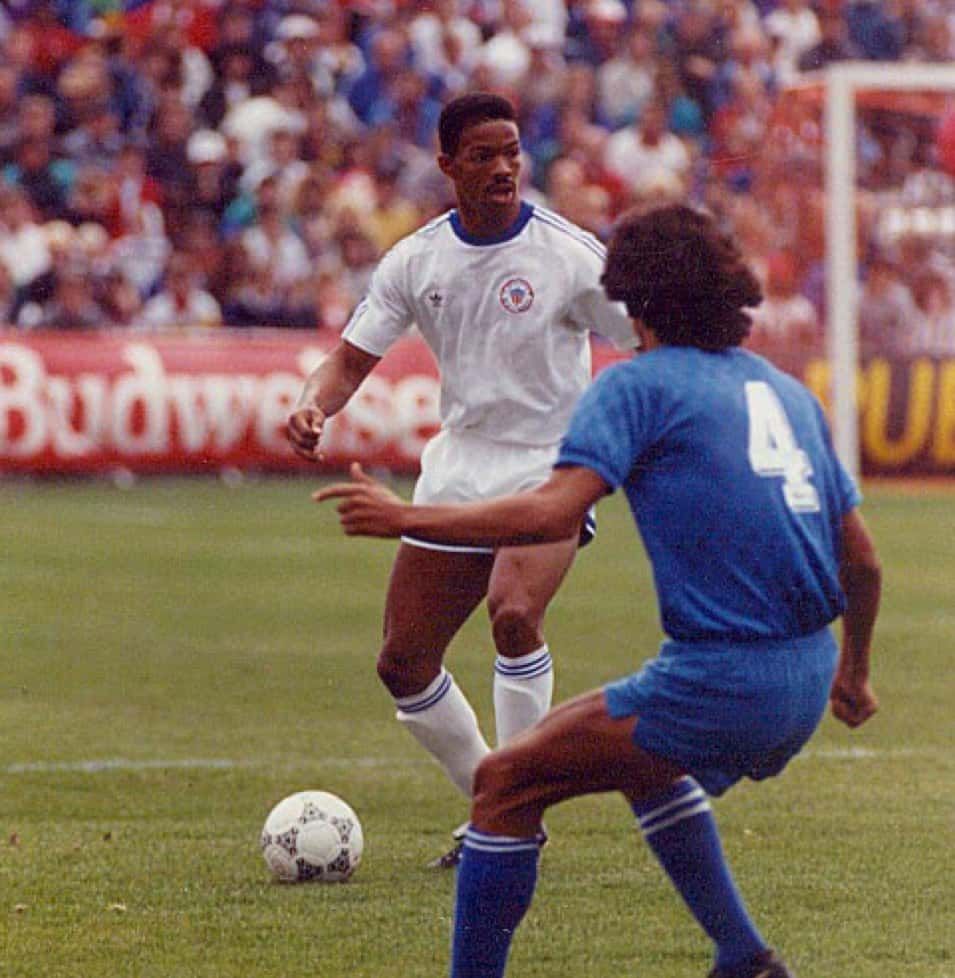
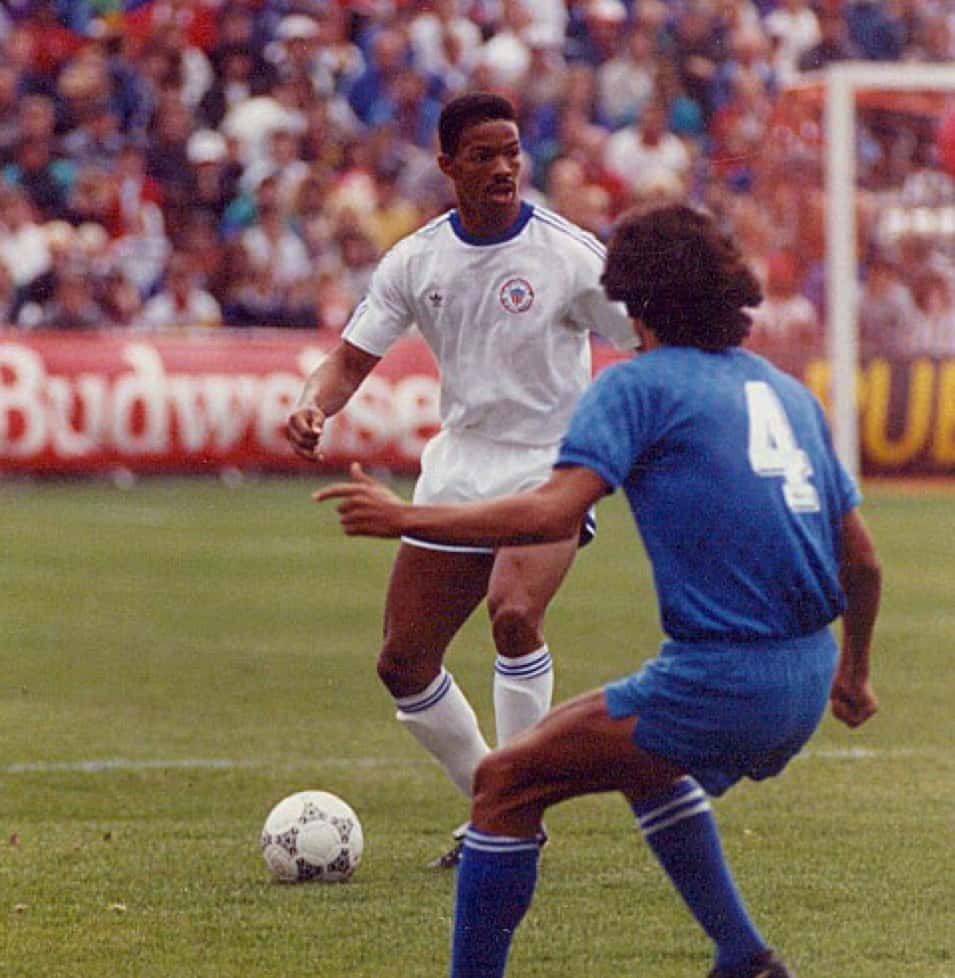
Players were offered a full-time contract. Many players originally rejected it. USMNT roommates Armstrong and Banks were forced to make some hard decisions. After agent Alan Herman’s advice, they signed deals.
Armstrong said Herman told him: "It's a noble cause, but for you, you have just come back from a broken leg. On top of that, you're Black. It's not going to mean anything to cut you and it's done. It's no sweat off their back. ... You get that contract; you sign it and you hand it back in."
They did.
"Our teammates were really mad at us," Armstrong said. "They felt we were traitors … that we weren't down for the cause. It was a bit of a rift between us, but there were truths that were spoken to me. More so for Jimmy. Jimmy's married with kids. I know what these guys are talking about, but I have to sign this. Everything smoothed itself out by the time we got to the World Cup."
When Armstrong and Banks became the first U.S.-born Black players to play for the USA in a World Cup, they did not consider themselves as making history.
"Primarily, we looked at it from the perspective of just trying to carve out a living, but we were never absent of the realization that we are the only two," Armstrong said.
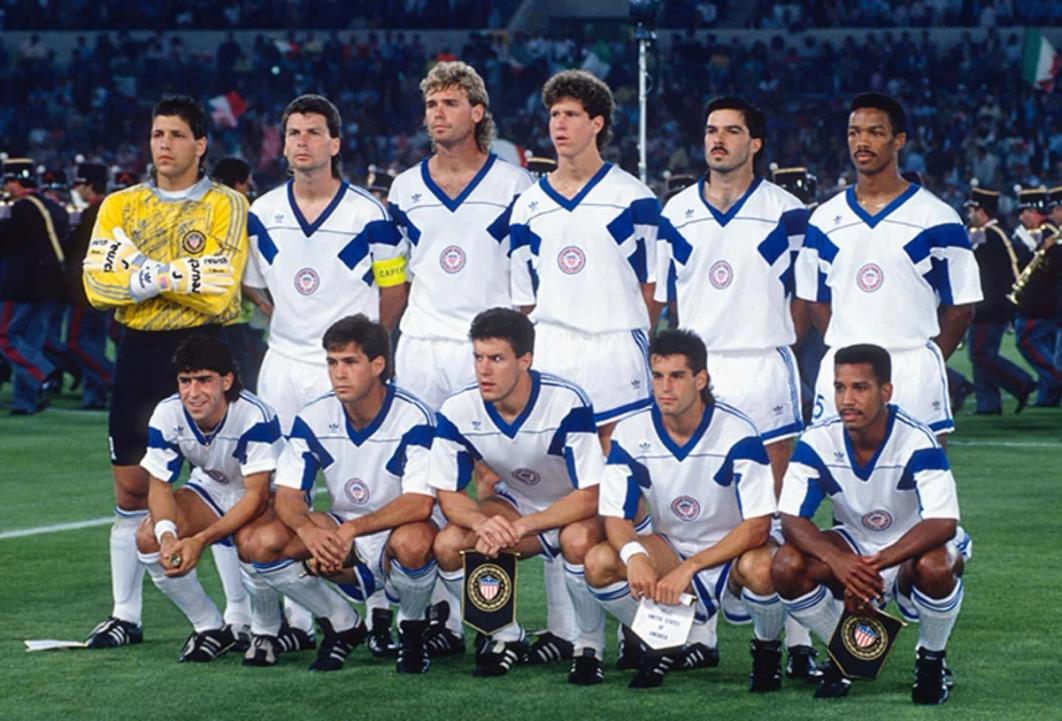
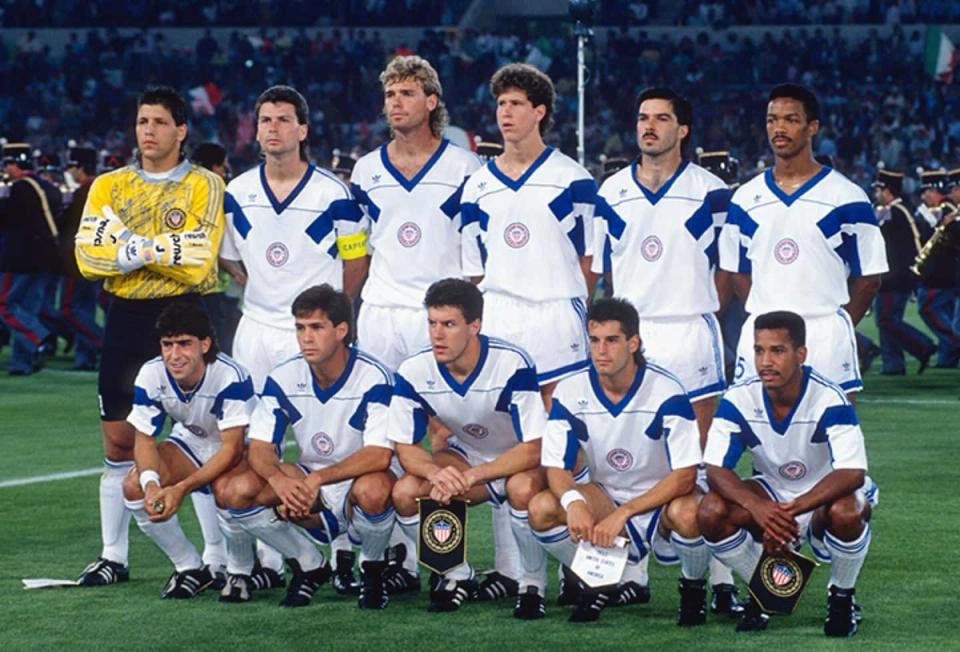
Armstrong played every minute of the USA’s three matches at Italia ’90 and Banks started the second and third games.
Though he earned a majority of his 81 caps under USMNT head coach Bora Milutinovic in the lead-up to the 1994 FIFA World Cup, Armstrong did not always see eye-to-eye with the Serbian manager. Prior to a 1992 friendly in Brazil, he received a message that his wife was in labor with their first child. Armstrong needed to return home ASAP. Milutinovic's response: “You have family here. You have 14 brothers.”
“I rush home and I jeopardize my spot on the team,” said Armstrong. “Rightfully, I would do it for my child.”
Armstrong was one of the final cuts to the USA’s 1994 FIFA World Cup roster, receiving the news on May 11, 1994, just five weeks prior to the team’s opening match.
Banks, who passed away in 2019, coached for 20 years at the Milwaukee School of Engineering and created Milwaukee Simbas, an urban community youth club.
“He gave back to his community,” Armstrong said. “He used soccer as the vehicle that opened him up to the world,” he said. “I believe I'm doing the same thing.”
Armstrong founded Heroes Football Association in Nashville in 2004.
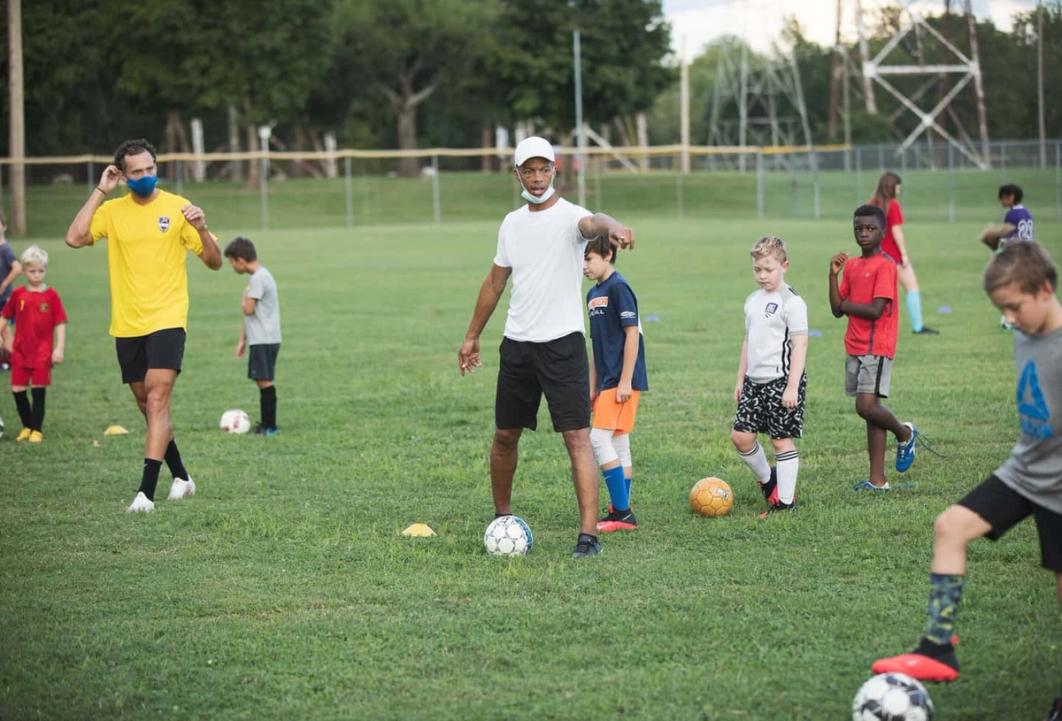
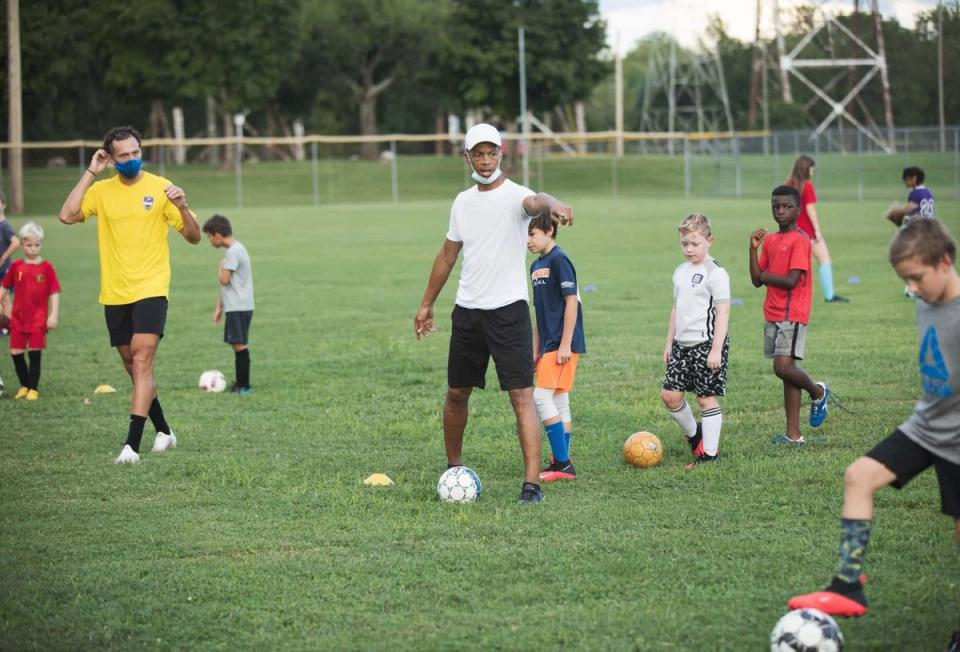
“Soccer is a universal sport,” he said. “Soccer is a tool that can be used for several different things. I want to use it to have a lasting impact in the community, in the lives of the people that I engage with, the kids themselves, their families or players who played for me venturing into their own life. I want to make sure that that I bring experience, but care to their lives so I have a lasting legacy by making some positive impact in their lives through soccer.”
While legacy in the community is felt with both men, the duo also paved the way for future generations of Black players with the U.S. Men’s National Team. From tournament-to-tournament, the USA’s FIFA World Cup rosters between 1998 and 2014 saw Black representation grow in three out of four instances. In 2014, a record nine Black players were part of the U.S. squad in Brazil.

